Stainless steel water tanks hold water for a variety of purposes, including water treatment, and other factory processes. Even though these tanks are used to hold water, they still require frequent cleaning to remove mineral build-up and contaminants from the tanks. In the past, a solution of water, nitric acid, and hydrofluoric acid was used to clean the tanks. The problem with this cleaning method is that it removed small pieces of the metal from the tanks, causing the liquid to be classified as hazardous waste when the stainless steel water tanks were cleaned.
Since 2008, however, a new way to clean these water tanks has reduced the toxic nature of the process. This new process uses inductors below the tanks to help circulate the mixture. This enables companies to reduce the amount of acid used to clean the tanks and also lowers the necessary cleaning temperature by about 15 degrees. An acid purification system removes the metal particles from the cleaning solution as it cleans the inside of the tanks. The metal pieces are then mixed with lime and compressed so that the metal stays right where it belongs and will not leach out of the material. This makes the process of cleaning tanks environmentally safe because the metal particles will no longer cause contamination of the ground.
The process of cleaning water tanks using this method is long and expensive, but the process is well worth it in the end. When tanks are cleaned using this method, their corrosive chances are greatly reduced and nearly eliminated completely. This makes the lifespan of the water tanks increase dramatically, which can save factories money in the long run. Using the new environmentally friendly methods for cleaning the tanks also cuts down on chemical waste, which reduces the expense of disposing of hazardous materials.
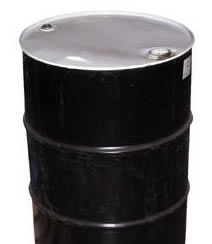 55 Gallon Drums
55 Gallon Drums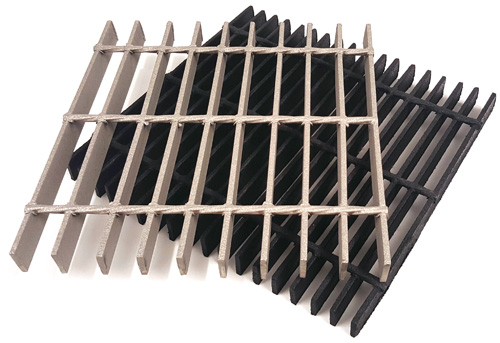 Floor Gratings
Floor Gratings Mezzanines
Mezzanines Modular Buildings
Modular Buildings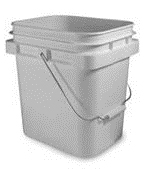 Plastic Containers
Plastic Containers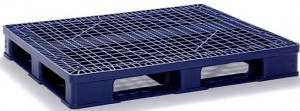 Plastic Pallets
Plastic Pallets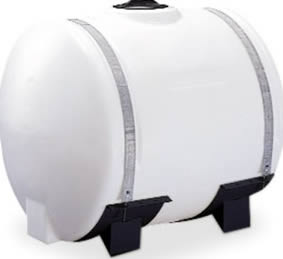 Plastic Tanks
Plastic Tanks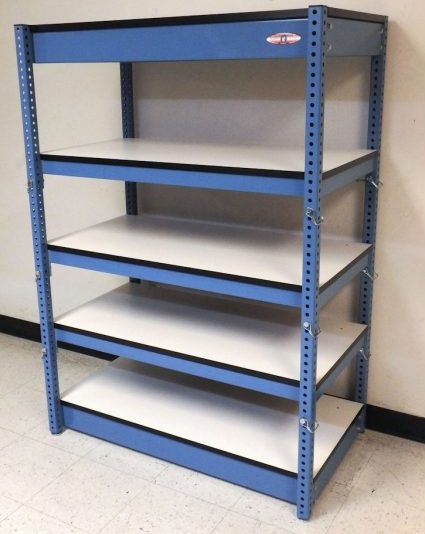 Steel Shelving
Steel Shelving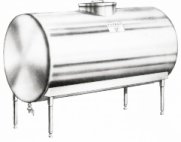 Stainless Steel Tanks
Stainless Steel Tanks Storage Racks
Storage Racks Work Benches
Work Benches Castings & Forgings
Castings & Forgings Bulk Material Handling
Bulk Material Handling Electrical & Electronic Components
Electrical & Electronic Components Flow Instrumentation
Flow Instrumentation Hardware
Hardware Material Handling Equipment
Material Handling Equipment Metal Cutting Services
Metal Cutting Services Metal Forming Services
Metal Forming Services Metal Suppliers
Metal Suppliers Motion Control Products
Motion Control Products Plant & Facility Equipment
Plant & Facility Equipment Plant & Facility Supplies
Plant & Facility Supplies Plastic Molding Processes
Plastic Molding Processes Pumps & Valves
Pumps & Valves Recycling Equipment
Recycling Equipment Rubber Products & Services
Rubber Products & Services